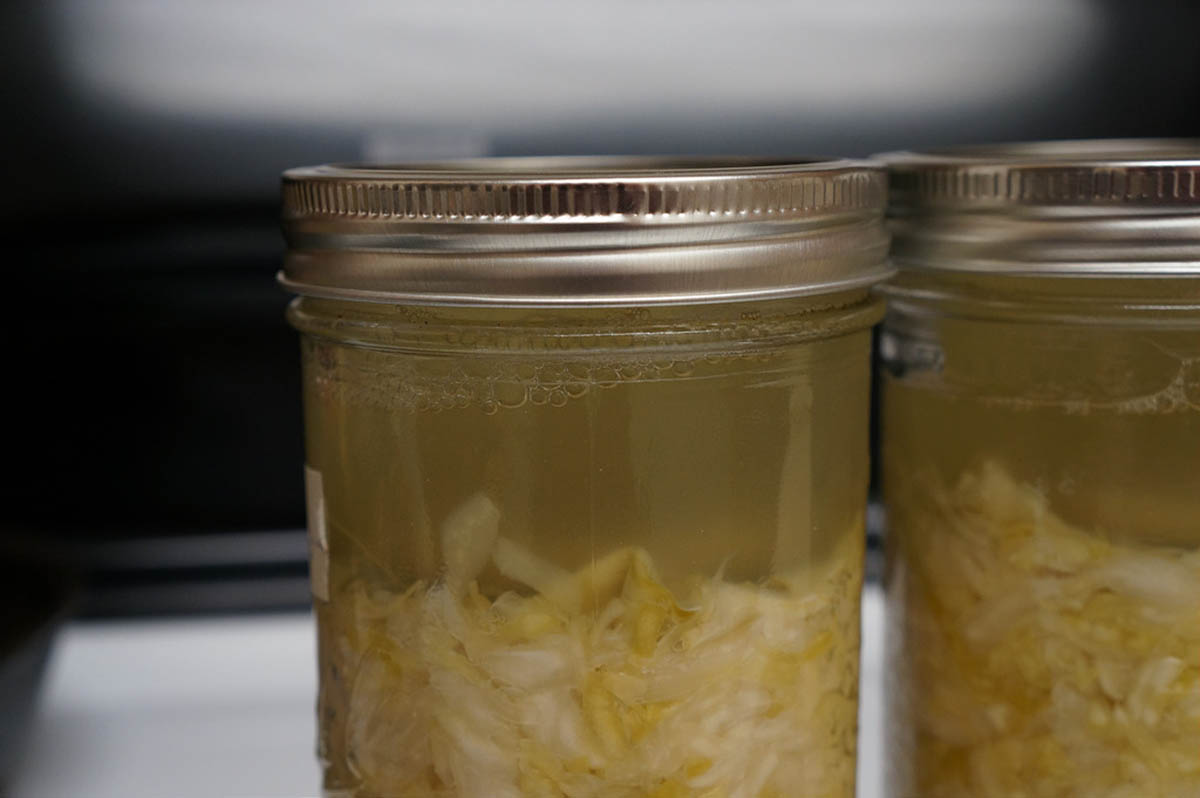Table of Contents
There are three basic kinds of cabbage: savoy, green and red. Green and red cabbage both have smooth leaves and a crunchy texture, while savoy cabbage has ruffled leaves, and its texture is more delicate. When purchasing cabbage, look for a dense and firm heads. Leaves should be without blemishes.

Even though we talked about the health benefits of cruciferous vegetables many times before, it’s important to mention the amazing benefits of cabbage, both fresh and pickled, one more time. Everyone knows that cabbage is full of vitamin C (even more than an orange per serving). It is also rich in phytonutrients, above all anthocyanins and polyphenols. These nutrients help to reduce chronic inflammations and oxidative stress, thereby preventing cardiovascular diseases and several forms of cancer, including colon, breast and prostate cancer.
Cabbage is also full of glucosinolates, nutrients specific to the cruciferous family of vegetables. These nutrients, together with glutamine and polyphenols aid digestive health. They help to prevent stomach ulcers, and sometimes even cure them in their advanced stages.
Sauerkraut Recipe
You can use both green and red cabbage for this recipe, and it will be enough for two liters of sauerkraut. You will need:
- 4 heads of cabbage
- 5-6 big carrots
- Handful of onion
- Some ginger
- 3 tablespoons of salt
- Any other desired veggie (we’re using 3 green chili peppers)
Discard 2-3 outer leaves from the cabbage if needed, you will know by just looking at it. Also, set aside 3-4 good leaves, we’ll need them for later. Slice the cabbage thinly. When you’re done slicing all of the heads, place it in a clean stainless-steel pot. Sprinkle some salt and leave it covered for a while.
READ How Kimchi Can Make You Healthier
Grate the carrots and chop the peppers or any other desired veggie. Add grated garlic on top. Mix everything well and add the rest of the salt. Take a wooden pounder and start mashing the ingredients. Do it for at least five minutes, as it will release all the juices from the vegetables and we’ll have to add less water. After 5-6 minutes, start packing the vegetables into a clean mason jar. The best way to do it is to add the veggies little by little, and press well with the pander every time you add some. This is done to release even more juice.
Put the clean cabbage leaves that you set aside before on top of each jar. This is done to keep all the vegetable pieces under water. Leave the jars undisturbed between a week and a month, it depends how fermented you like the sauerkraut to be.
Why Pickle?
By pickling the vegetables, we preserve all important nutrients and vitamins to last throughout winter. You can buy already fermented vegetables in shops, but they’re mostly pasteurized, so you don’t get any health benefits, only taste. When fermenting veggies, try using organically grown plants!
Even though the main ingredient of sauerkraut is cabbage, you can add many other items such as carrots, onion, garlic, ginger, or any kind of pepper. The only important thing is to keep cabbage a base.
We hope we made it clear how important eating cabbage, both raw and pickled, is. While eating fresh cabbage is great for our health, making and eating sauerkraut is even better, because the fermentation process helps the good bacteria to multiply.
- Photo courtesy of Joe Photo: www.flickr.com/photos/18474854@N00/3114969148/
- Photo courtesy of ccbarr: www.flickr.com/photos/ccbarr/17179747872/
- Photo courtesy of ccbarr: www.flickr.com/photos/ccbarr/17179747872/

